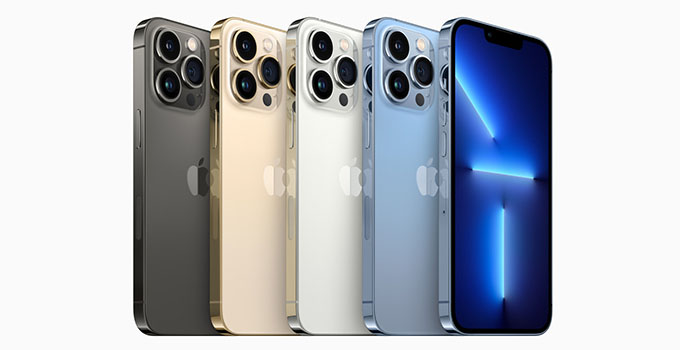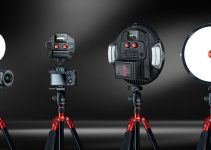It is incredible just how good the video quality is when shooting with an iPhone. We can capture 4K HDR 10-bit video at up to 60 fps! Now, it is still a phone and lacks some of the controls of a traditional camera system. Also, Apple gets the video so good by using advanced image signal processing. You can still just pick one up and get something quite good.
There is something to understand about iPhone video that you may not have heard of yet – tone mapping. And now with the latest version of Filmic Pro you can take more control over it. If you want to learn how it works check out this video from iPhoneographers.
Tone mapping is how the camera remaps the data from the image sensor to make it better represent how humans perceive the scene. Since image sensors work linearly and the human eye works logarithmically it requires a remapping to get it to look “correct.”
In most cases this is a static tone mapping that is applied universally to the images. However, phones are pushing image processing and are increasingly using dynamic tone mapping. By adjusting the mapping in real-time as the scene changes it’ll be able to maximize dynamic range of each frame and most of the time it works very well.
This adaptive behavior can also be a problem. If the software behind it gets confused or you simply don’t want the image to change at all in the middle of your take this tone mapping can be a problem. Lack of consistency is a problem, especially if you are trying to create a look that may not be “right” per the phone.

Image Credit: Apple
The tone mapping setting you will find in Filmic Pro allows you to choose between global or local. Global analyzes the entire image and then creates a profile that aligns with the average of the entire scene. This generally works very well. Local tone mapping actually looks at a pixel and area level in the image.
It’ll change the luminance profile for each pixel based on the surrounding image. This can result in much better image quality and maximum dynamic range. However, it can result in dramatic changes as it adjusts to quick changes that might happen.
Global is usually the best since it provides great consistency. If you are trying to use multiple devices or edit these clips in with others you will likely want to stick to global. If you are working on your own and want to capture the maximum amount of data then local might be a better call.
For filmmakers the recommendation is clearly global tone mapping since the adjustments will not be as dramatic. You can see in the test that the local does pull more data out of the bright sky. It does have an edge in very high contrast for sure. So, it may work out for local, especially if it is a static shot.
Have you ever looked into the different one mapping options or been bothered by these image shifts when you use an iPhone for video?
[source: iPhoneographers]
Disclaimer: As an Amazon Associate partner and participant in B&H and Adorama Affiliate programmes, we earn a small comission from each purchase made through the affiliate links listed above at no additional cost to you.




